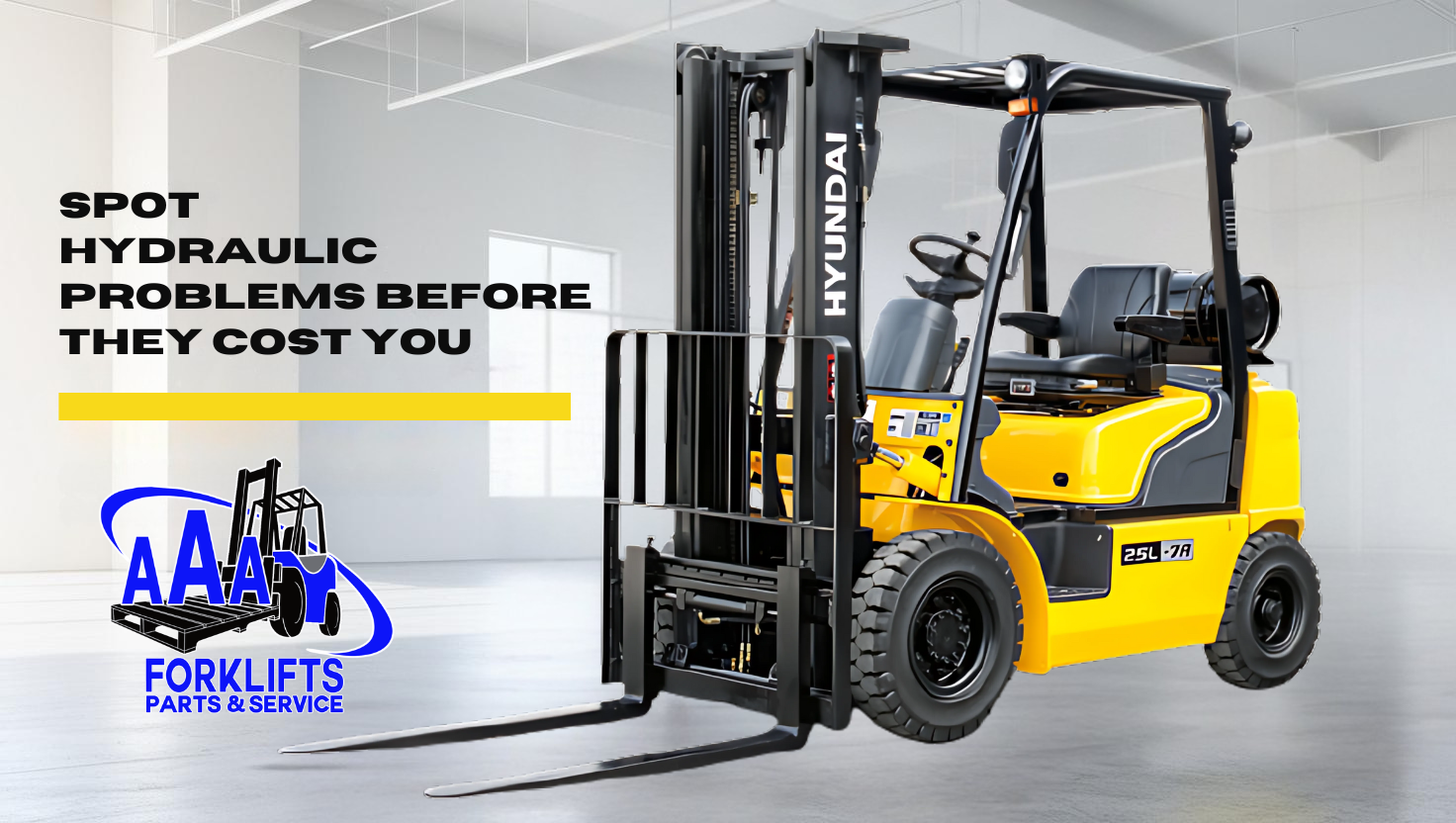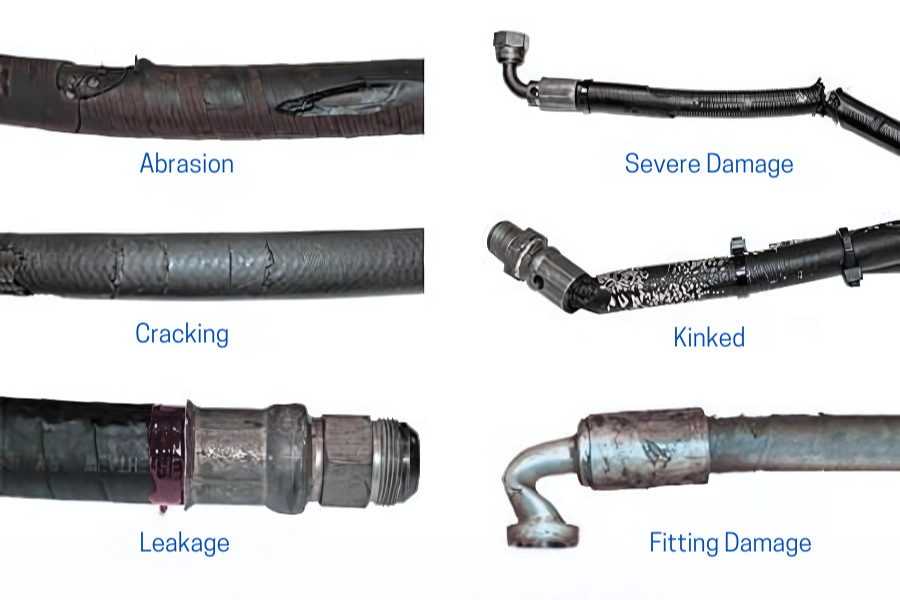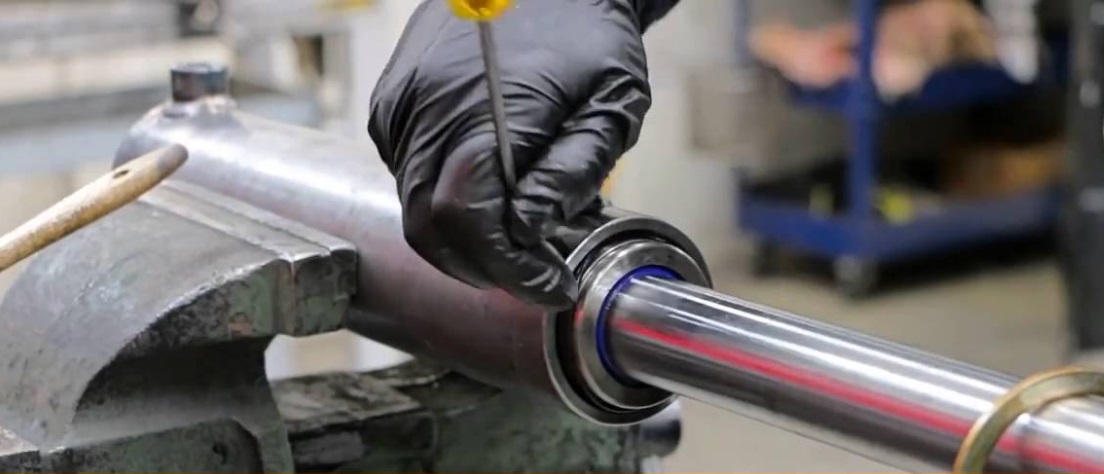Forklift Hydraulic Maintenance Guide: Prevent 80% of Failures Before They Start
Did you know 80% of forklift hydraulic failures are preventable? In this guide, you'll learn the exact maintenance steps to avoid costly downtime—backed by industry research and real-world data. Plus, get a free inspection checklist used by 200+ businesses in Orlando & Raleigh.
Table of Contents
- Introduction
- Why Hydraulic Maintenance Matters
- Understanding Your Forklift's Hydraulic System
- The 5 Stages of Hydraulic Failure
- Step-by-Step Maintenance Procedures
- Advanced Contamination Control Strategies
- Troubleshooting: Common Problems & Solutions
- Safety Precautions Checklist
- FAQ: Forklift Hydraulic Systems
- Cost-Benefit Analysis of Preventive Maintenance
- Local Service Solutions
- Key Takeaways
1. Introduction
Hydraulic systems are the lifeblood of forklifts. A proactive maintenance approach:
- Saves money (up to $8,200/incident)
- Maximizes uptime (73% fewer breakdowns)
- Extends equipment life by 3-5 years
- Improves safety (reduces hydraulic failure accidents by 62%)
2. Why Hydraulic Maintenance Matters
What Hydraulic Repairs Really Cost
- Hose bursts: Up to $900 (parts + labor for 4 hoses)
- Pump failures: Up to $2,500 (rebuild kit + 5 hours labor)
- Downtime: Up to $3,000 per incident
Prevention Pays Off
Research shows 70–85% of hydraulic failures stem from contamination [1]. Proactive maintenance delivers:
- ROI in under 6 months (study shows 40–60% cost reduction [1])
- 73% fewer breakdowns
- 3-5 years extended equipment life
3. Understanding Your Forklift's Hydraulic System
Key Components and Their Vulnerabilities
| Component | Tolerance | Failure Point | Early Warning Signs |
|---|---|---|---|
| Hydraulic Pumps (The Heart) | 5–15μm | Particles >20μm cause catastrophic damage [1] | 1% efficiency loss per 100 hours |
| Cylinders (The Muscles) | 10–25μm | Contamination accelerates seal wear 8x | Minor external leakage |
| Control Valves (The Brain) | 3–8μm | 1μm of wear causes erratic operation | Jerky movements |
The Microscopic Reality
- A single grain of salt (60μm) dwarfs hydraulic clearances
- Human eyes can't see particles smaller than 40μm
- Just 1 teaspoon of dirt can contaminate 1,000 gallons of oil
4. The 5 Stages of Hydraulic Failure (With Early Detection Signs)
| Stage | Timeframe | Symptoms | Recommended Action |
|---|---|---|---|
| 1. Contamination Introduction | 0–200 hours | Slight fluid discoloration, minimal efficiency loss | Fluid analysis to catch early contamination |
| 2. Component Wear | 200–500 hours | 1–2°F temperature rise, 3–5% slower lift times | Replace filters, consider system flush |
| 3. Performance Degradation | 500–1,000 hours | Fluid darkening, 10–15% efficiency loss | Full fluid replacement and component inspection |
| 4. Component Damage | 1,000–1,500 hours | Jerky operation, pump whine | Plan for major rebuild |
| 5. Catastrophic Failure | 1,500+ hours | Seizure, burst hoses | System replacement |
5. Step-by-Step Maintenance Procedures
For operators and technicians who prefer a quick visual checklist, we offer a downloadable version of our inspection form — the same one our certified techs use in the field.
At-a-Glance Maintenance Schedule
| Task | Frequency | Time Required | Tools Needed |
|---|---|---|---|
| Visual fluid check & leak inspection | Daily | 2 minutes | Flashlight, clean rag |
| Filter inspection & pressure drop | Monthly | 15 minutes | Pressure gauge |
| Breather check/replacement | Monthly | 5 minutes | New breather |
| Full fluid sampling & analysis | Quarterly | 30 minutes | Sample kit |
| System flush & filter change | Annually | 2 hours | Flush kit, new filters |
| Seal replacement/inspection | Annually | 1 hour | Seal kit |
6. Advanced Contamination Control Strategies
Follow ISO 4406 standards for hydraulic fluid cleanliness:
| Condition | ISO Code | Particles/mL | Action Required |
|---|---|---|---|
| New fluid | 15/13/10 | 2,500–5,000 | None |
| Normal operation | 18/16/13 | Up to 80,000 | Monitor |
| Danger zone | 21/19/16 | >1,000,000 | Immediate flush |
7. Troubleshooting: Common Problems & Solutions
| Symptom | Likely Cause | Immediate Action | Long-Term Solution |
|---|---|---|---|
| Slow lift speed | Dirty fluid, clogged filter | Check/replace filter | Implement fluid analysis program |
| Jerky operation | Contaminated valves | Flush system | Install better breathers |
| Weeping seals | Water or dirt ingress | Replace seals | Upgrade to desiccant breathers |
| Pump whining | Air in system, worn pump | Bleed air | Schedule rebuild |
| Overheating | Low fluid, contamination | Top up fluid | Install temperature monitor |
8. Safety Precautions Checklist
- Always wear ANSI-approved safety goggles and chemical-resistant gloves
- Implement LOTO (Lock Out Tag Out) before any hydraulic work
- Relieve all pressure before disconnecting lines (wait 5+ minutes after shutdown)
- Use proper lifting equipment for heavy components
- Dispose of used fluids at approved recycling centers
- Never use hands to check for leaks - use cardboard or paper
9. FAQ: Forklift Hydraulic Systems
Q: How often should I change hydraulic fluid?
A: Annually or after 1,000 hours - whichever comes first. High-use environments may need quarterly changes.
Q: What's the ideal fluid cleanliness?
A: ISO code 18/16/13 or cleaner for normal operations. Critical systems should maintain 16/14/11.
Q: Can I mix different hydraulic fluids?
A: Never mix fluids without manufacturer approval. Incompatible fluids can form sludge that destroys pumps.
10. Cost-Benefit Analysis of Preventive Maintenance
| Strategy | Annual Cost | Potential Savings | ROI Period |
|---|---|---|---|
| Quarterly Fluid Analysis | $400 | $3,200 | 4.5 months |
| Annual System Flush | $650 | $5,800 | 5.2 months |
| Seal Replacement Program | $1,200 | $9,500 | 6.1 months |
11. Local Service Solutions: Orlando & Raleigh
12. Key Takeaways
- 70–85% of hydraulic failures are contamination-related [1]
- Particles as small as 20μm can destroy pumps [1]
- Preventive maintenance pays for itself in under 6 months
- Our free inspection checklist catches 92% of developing issues
References
- Zhang, et al. (2013). Failure Prevention of Hydraulic System Based on Oil Contamination. ResearchGate. View study.




Leave a comment
This site is protected by hCaptcha and the hCaptcha Privacy Policy and Terms of Service apply.